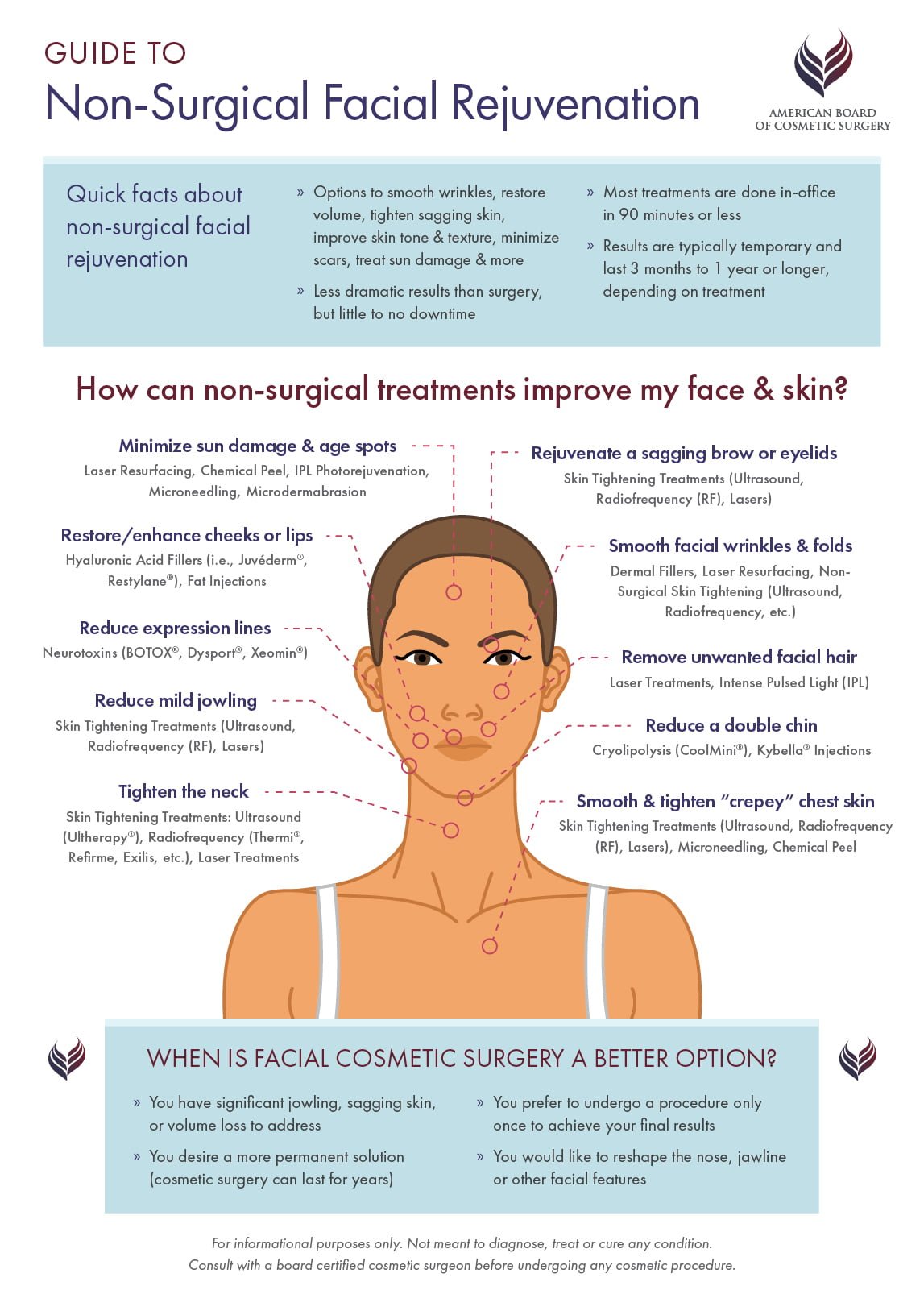Skin Barrier Repair For Acne Prone Skin
Skin Barrier Repair For Acne Prone Skin
Blog Article
Acne Therapy - What Are AHAs in Acne Therapy?
AHAs are a vital active ingredient for unclogging pore obstructions and lightening up acne-prone skin. They work by breaking down dead skin cell accumulation to promote more recent, fresher cells, and protecting against future obstructions.
Creating topical AHAs necessitates precise interest to numerous vital factors that considerably affect their efficiency and tolerability. Keeping the optimal pH variety, together with automobile option and focus, amplifies their exfoliative characteristics while reducing prospective negative responses.
Glycolic acid
Glycolic acid is recognized for its mild yet effective exfoliating residential properties, which advertise skin's all-natural losing and loosen up the "adhesive" that holds dead cells externally of the skin. This helps unclog pores and minimize the appearance of fine lines and wrinkles, in addition to enhance general skin structure and tone.
Remarkably, topical glycolic acid has actually additionally been revealed to boost the manufacturing of collagen, which is essential in keeping skin's firmness and flexibility. It is important to note, however, that because glycolic acid can stimulate the skin's sensitivity to sunlight, it is necessary to wear sunscreen when using any products containing this ingredient.
Dermatologists pay careful attention to the formulation of products containing AHAs in order to optimize their efficacy and tolerability. Formulating AHAs with the appropriate vehicle, in addition to pH and focus factors to consider, permits ideal skin infiltration while reducing potential unfavorable reactions. This is particularly essential for patients with sensitive skin, since AHAs are recognized to be gently annoying.
Lactic acid
Lactic acid is discovered in numerous over-the-counter skin care products and some more powerful specialist peels and therapies. It has the lowest molecular weight of all the AHAs and is able to penetrate much deeper right into the skin, where it is a lot more efficient at unclogging pores and exfoliating.
Like glycolic acid, it additionally boosts collagen synthesis, which aids decrease fine lines and wrinkles and boost skin structure. Furthermore, it has moisture-retention residential or commercial properties, which makes it preferable for drier skin kinds than other AHAs.
The comprehensive body of clinical information confirming the effectiveness of topical AHAs supports their utility in a variety of skin-related conditions and aesthetic problems. These consist of complex skin rejuvenation procedures, depletion of fine lines and wrinkles, lightening of hyperpigmentation, healing treatment for actinic keratosis, and acne administration [2] Optimizing the solution of AHAs by balancing pH, concentration, and lorry option even more enhances their healing capacity. These careful factors to consider allow dermatologists to supply risk-free and effective therapies that supply exceptional clinical outcomes.
Mandelic acid
Mandelic acid, originated from almonds, is another participant of the AHA household and is a popular active ingredient in products that aid deal with acne. Its larger molecular dimension indicates it penetrates the skin extra gradually and gently, which can lower the capacity for irritation. It's likewise less most likely to set off soreness and various other skin sensitivity problems, making it suitable for delicate skin types.
Mandelic Acid is believed to help reduce swelling and boost hydration. It functions by loosening botox and fillers near me up the bonds between dead skin cells, enabling them to shed and disclose fresher-looking skin. It likewise helps in reducing the appearance of bigger pores.
Developing topical products with AHAs needs a precise equilibrium of key aspects that considerably influence their efficacy and tolerability. Specifically, the pH of an AHA formula has actually been shown to play a critical function in its ability to advertise peeling and improve complexion and texture. Attaining this optimal focus is a challenging objective and requires careful attention to the different factors that affect the formulation process.
Citric acid
Citric acid, located in citrus fruits such as oranges and lemons, is a moderate AHA. It's much less irritating than glycolic or lactic acid, making it better for sensitive skin. It likewise has astringent buildings, assisting to dry excess oil.
Like other AHAs, citric acid can be utilized in chemical peels and day-to-day active/maintenance treatments to scrub the skin and advertise cell turnover. It can help in reducing the appearance of dark areas and hyperpigmentation, along with fine facial lines.
It can additionally increase the synthesis of glycosaminoglycans, which play a crucial role in strengthening the skin obstacle feature. This helps to prevent trans-epidermal water loss, and preserve optimum hydration levels in the skin [35]
AHAs can be integrated with soothing components such as ceramides or hyaluronic acid to boost their tolerability. They can be incorporated into everyday active/maintenance skin care through cream or product formulations. This enables professionals to customize their AHA treatments based on person needs and preferences, with the versatility of picking from different treatment strengths or focus.